
Evolution and diversification of the plant gibberellin receptor GID1 (PNAS)
Plant Science Research WeeklyGiberellins (GA) are plant hormones that have diverse role in plant growth and development. Although many GAs have been identified, only few of them show functional activity in plants. GAs are perceived by the GID1 receptor, which is widespread in vascular plants and structuraly similar to carboxylesterases…
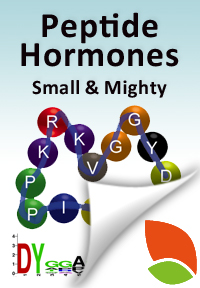
New Teaching Tool, "Small and mighty, peptide hormones in plant biology"
Blog, The Plant Cell, The Plant Cell: NewsWe're excited to annouce the publication of The Plant Cell's latest Teaching Tool, "Small and mighty: Peptide hormones in plant biology," by Sonali Roy, Peter Lundquist, Michael Udvardi, and Wolf-Rüdiger Scheible, available without subscription at Plantae.org.
A phytohormone (plant hormone) is defined…
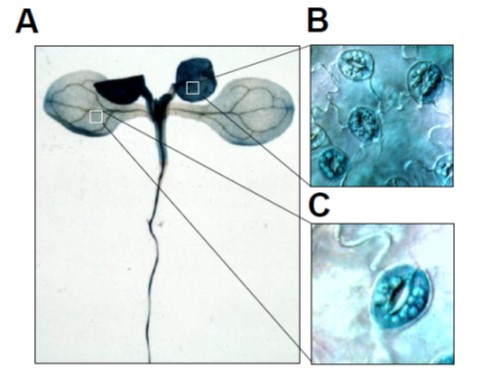
CDL1-OST1 Interaction as a Focal Point of Brassinosteroid-Abscisic Acid Hormone Signaling Crosstalk
Blog, The Plant Cell, The Plant Cell: In BriefPlants integrate signals in the form of light, humidity, temperature, CO2 concentrations and daily circadian rhythms. In addition, plants encounter pathogens, pests, herbivores and other stressors. Physiological processes like responding to stimuli, plant growth and development are usually governed and…
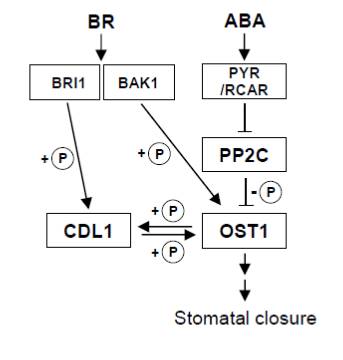
OST1 activation by the brassinosteroid-regulated kinase CDG1-Like 1 in stomatal closure ($) (Plant Cell)
Plant Science Research WeeklyAs gatekeepers between the outside world and the interior of the leaf, guard cells are extraordinarily sensitive to their environment. Closing keeps out pathogens and keeps in water vapor, but opening is needed to admit CO2. The web of interactions that control stomatal aperture are also correspondingly…
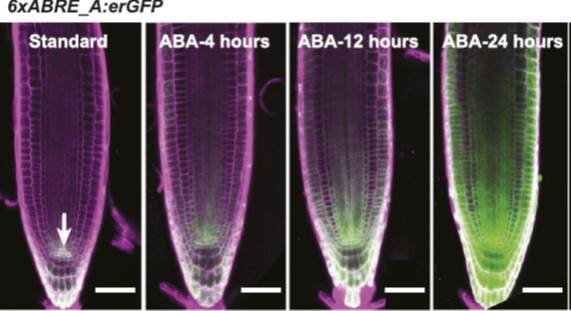
Revealing the Invisible: A Synthetic Reporter for ABA
Blog, Plant Physiology, Plant Physiology: News and ViewsHow do you make the invisible visible? It’s a question that crops up again and again in molecular biology. Abscisic acid (ABA) is one of the most important hormones in plants and is essential for survival in suboptimal conditions. Despite this, we have only a basic understanding of where and when this…

Ethylene-gibberellin signaling underlies adaptation of rice to periodic flooding ($) (Science)
Plant Science Research WeeklyThe diverse responses of rice to flooding are really interesting. Many varieties die, some survive by essentially becoming metabolically quiescent to conserve their energy (which involves the Sub1 pathway), and some, called deepwater rice, respond through rapid elongation that elevates their leaves above…
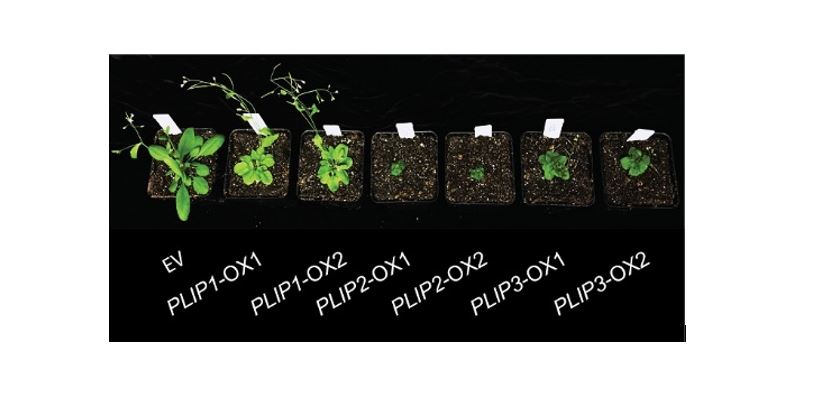
When Lipids Meet Hormones: Plants’ Answer to Complex Stresses
Research, The Plant Cell, The Plant Cell: In a NutshellWang et al. show that abscisic acid-inducible genes encode lipid degrading enzymes that release polyunsaturated fatty acids from chloroplast lipids as precursors for jasmonic acid production leading to biotic defenses in Arabidopsis. Plant Cell doi.org/10.1105/tpc.18.00250
By Kun Wang and Igor Houwat
Background:…
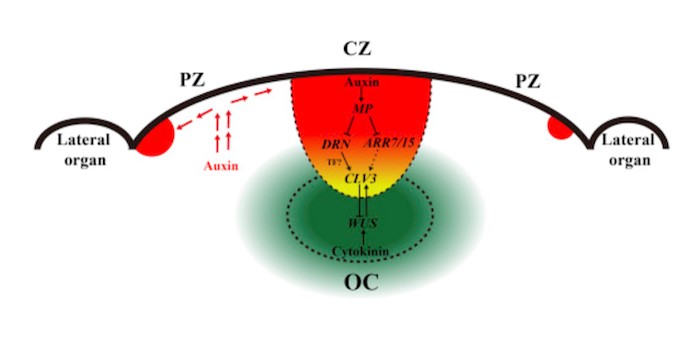
Auxin regulates shoot stem cells
Plant Science Research WeeklyAuxin and cytokinin play critical roles in determination of cell fate in the shoot apical meristem (SAM). Until now auxin's role was thought to be confined to the peripheral zone (PZ), promoting cell differentiation and organogenesis, mediated by AR5/MP. However, studies using GC-MS have shown the presence…
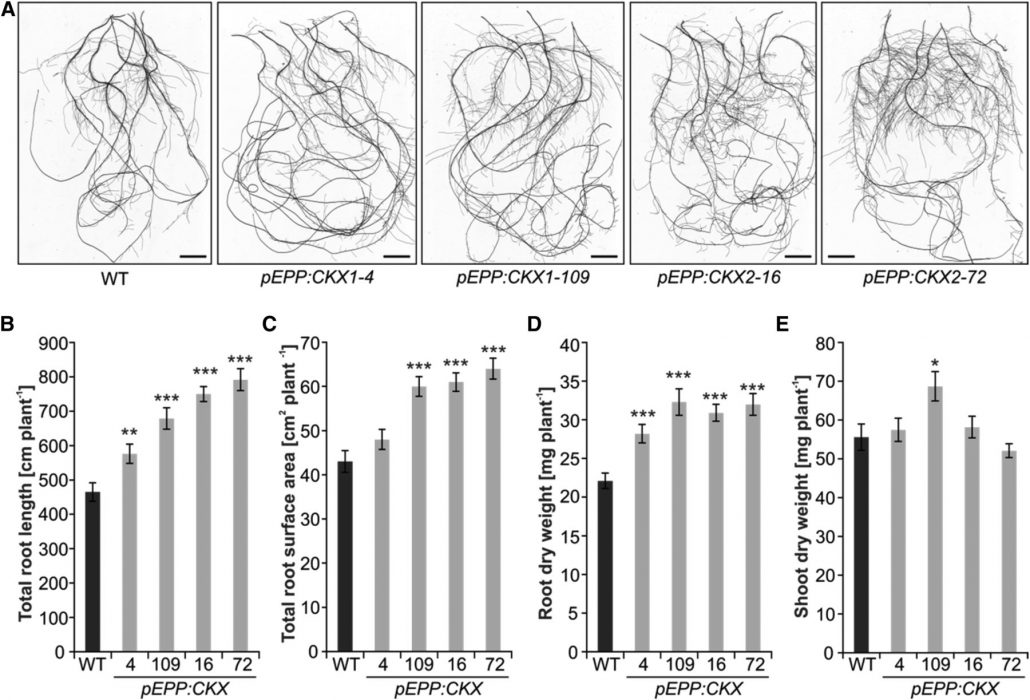
Releasing the Cytokinin Brakes on Root Growth
Blog, Plant Physiology, Plant Physiology: News and ViewsRoots explore the soil for available water and nutrients, with deep roots providing water from the lower soil layers (Uga et al., 2015) and highly branched roots searching the soil for less-mobile nutrients such as phosphate, zinc, and manganese. Root architecture results from plant developmental programs,…

